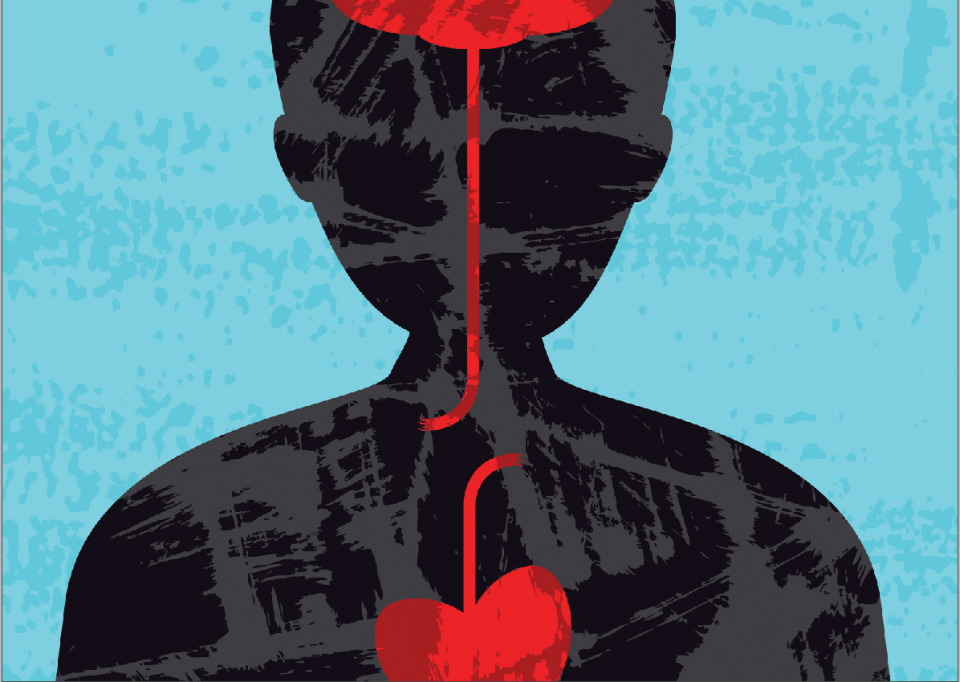
By Alicia Wanek
When Don M. awoke one morning, he quickly sensed that something was off. “I tried to make coffee but found myself unable to remember how to do it. I told my wife we needed to see a doctor.” Fortunately, his wife acted quickly and sought medical attention. According to Dr. Harry Dorsey, acting promptly is crucial. “The main indicators of a stroke include slurred speech, weakness on one side of the body, and sudden drooping on one side of the face. If you observe any of these symptoms, getting to an emergency room swiftly is vital, as there is a limited timeframe for administering a drug that can dissolve the blockage.”
Understanding Stroke
A stroke occurs when there is a blockage or rupture in a blood vessel leading to the brain. This interruption causes nearby brain cells to perish due to the lack of essential oxygen and nutrients. In the case of an ischemic stroke, which results from a blockage, administering tPA (tissue plasminogen activator) within about four hours can help reverse the effects of the stroke. “Four hours is the ideal timeframe,” Dr. Dorsey explains, although some research suggests that tPA may still be beneficial when given within six hours. However, for a hemorrhagic stroke, the prognosis is not as promising. “If there’s bleeding in the brain, there are fewer treatment options available,” he adds.
Recovery Journey
Even with prompt hospital care, Don faced a lengthy recovery. After spending four days in the hospital, he was transferred to a rehabilitation center for two weeks, followed by an additional six months of therapy at home. Strokes can lead to various enduring effects, such as difficulty with speech and swallowing, weakness on one side of the body, memory challenges, and issues with visual perception, among others.
Stroke Prevention
How can one reduce the chances of a stroke? Healthy lifestyle choices play a significant role. Maintaining a diet low in cholesterol and engaging in regular exercise can help prevent the buildup of arterial blockages. Dr. Dorsey identifies major risk factors as smoking and high blood pressure, making it essential to quit all nicotine products and keep track of your blood pressure through regular checkups. A family history of high blood pressure or strokes can also increase risk. Since strokes can impact individuals who seem healthy, recognizing the symptoms early and seeking medical assistance is critical for minimizing long-term effects.
Gratitude for Life
For Don, timely medical intervention when he first felt symptoms probably saved his life, and he is profoundly thankful for that. His children and grandchildren share his gratitude, cherishing the additional six years they’ve had to create memories with their beloved “Papaw.”






